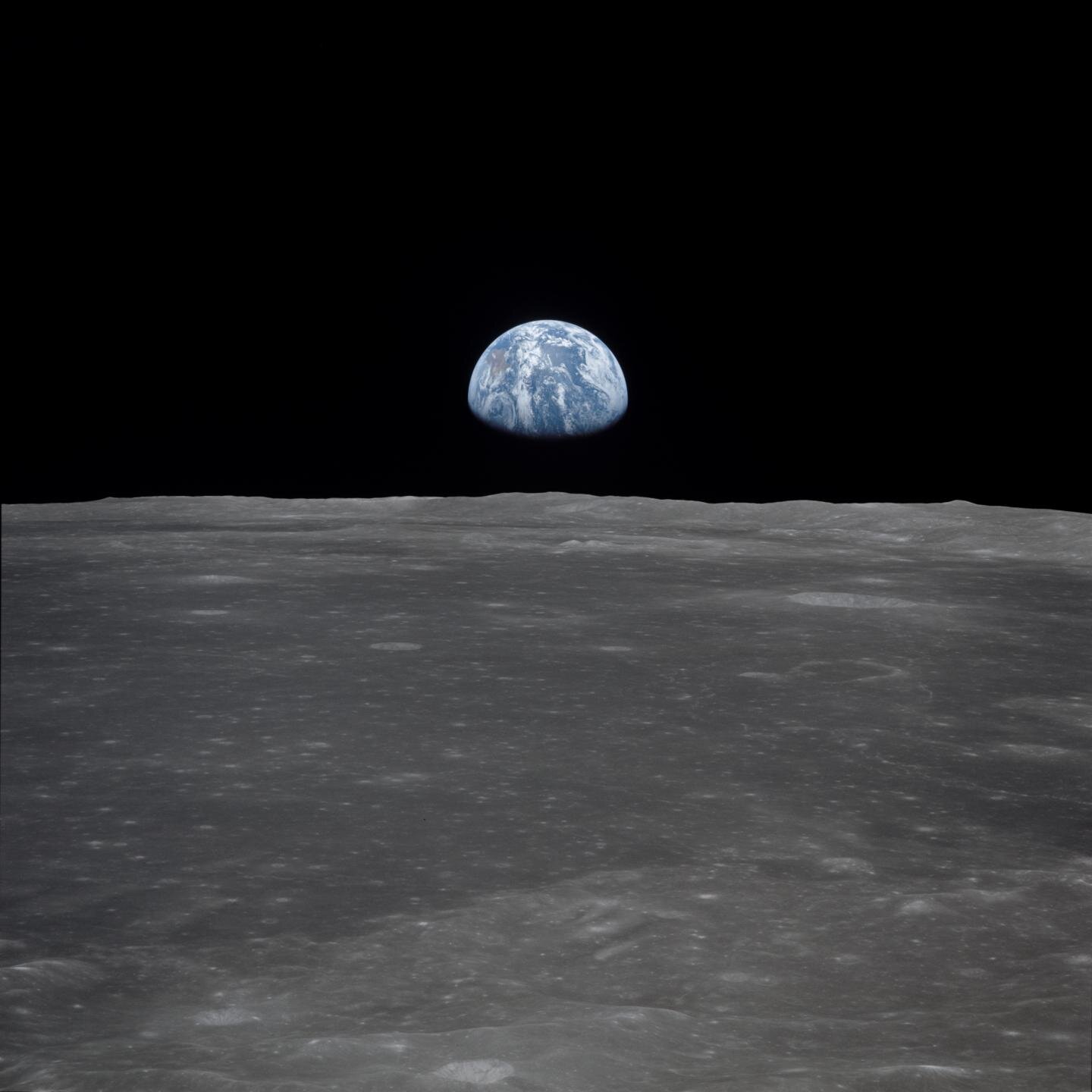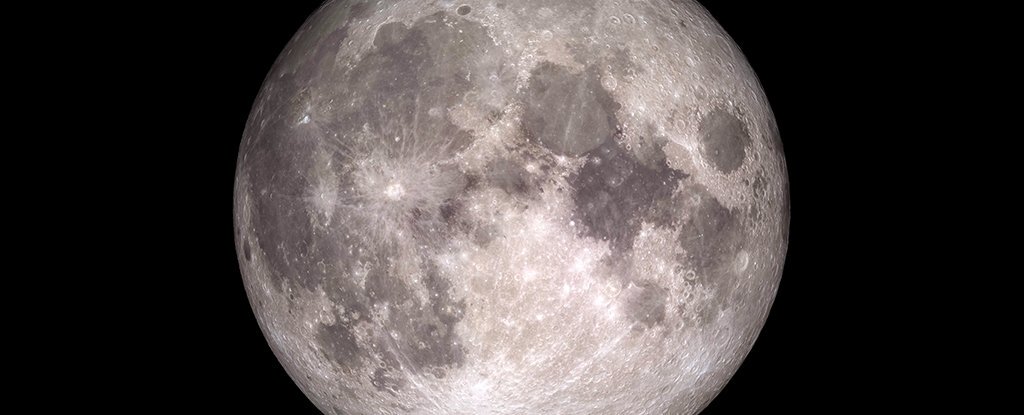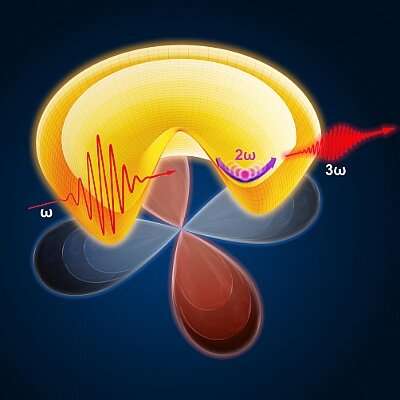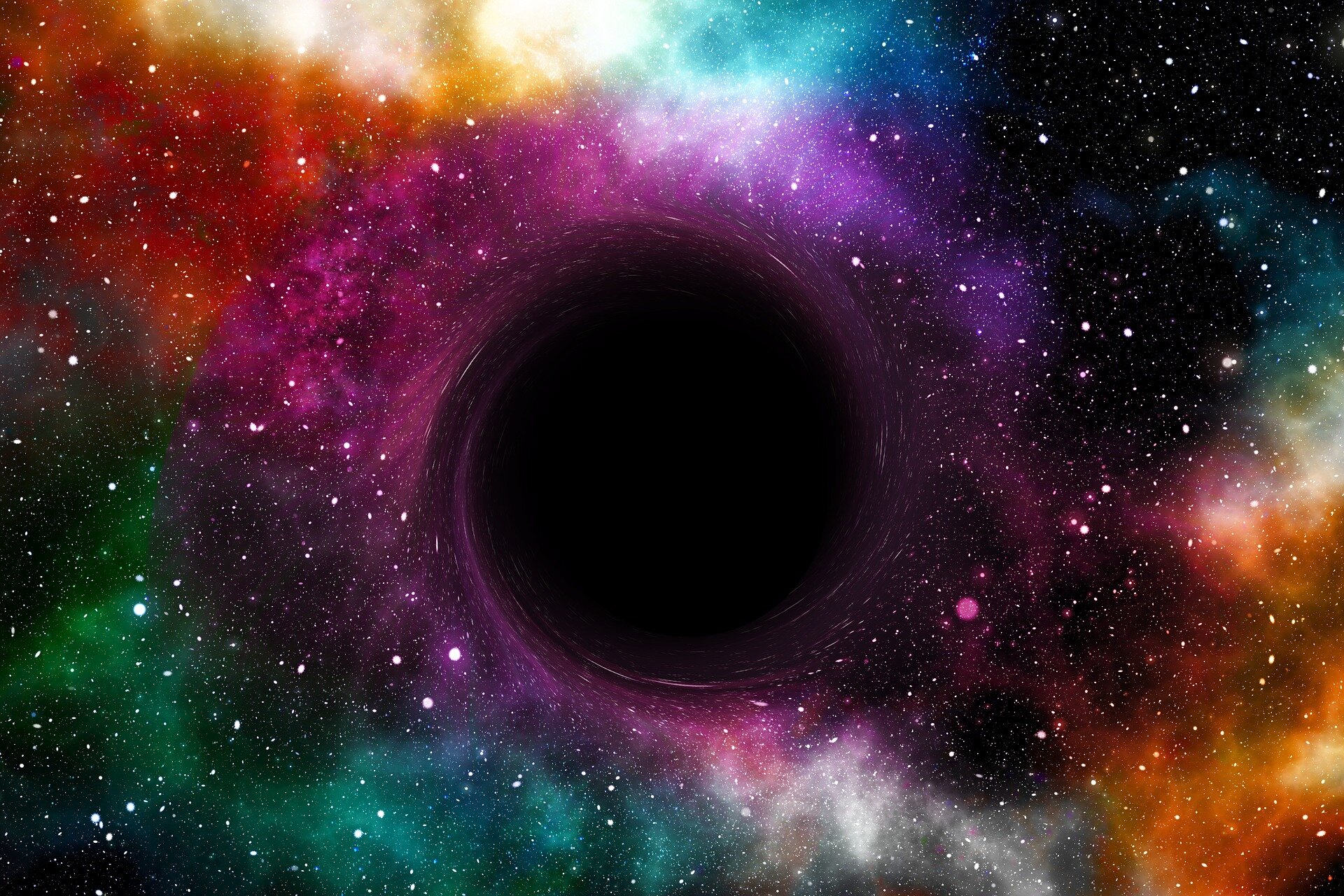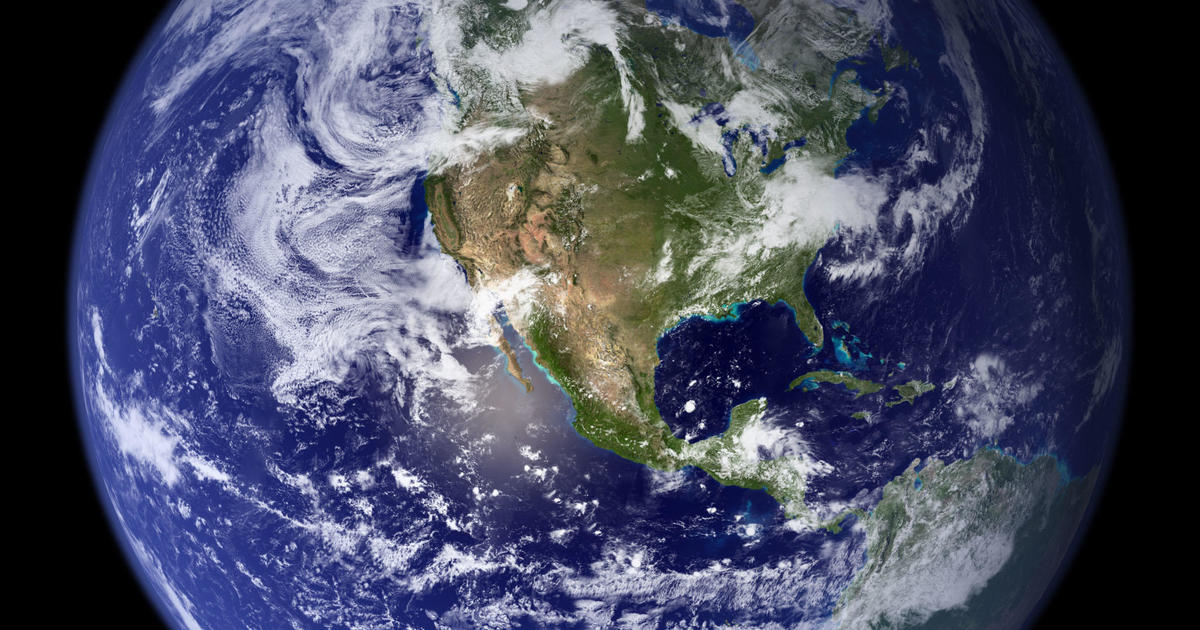Science Tips Tips Tricks Technology Dinosaur-Killing Asteroid Struck Earth at ‘Deadliest Possible Angle,’ New Research Suggests
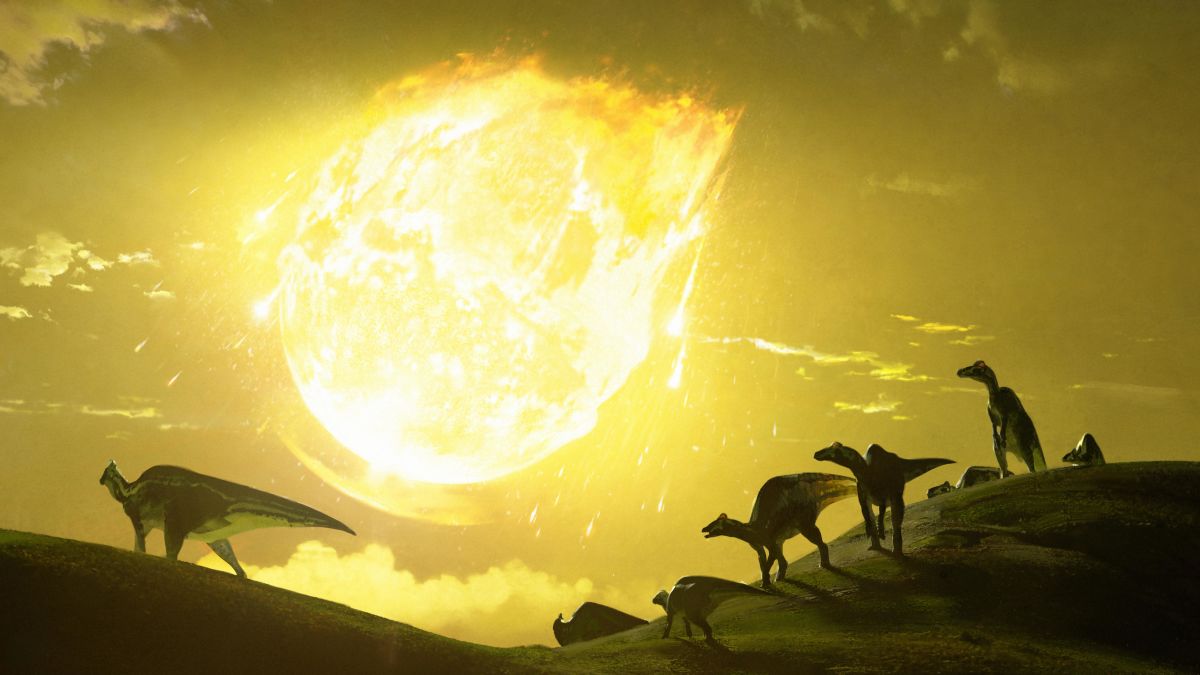
Science Tips Tips Tricks Technology
When the asteroid that wiped out the dinosaurs hit Earth, it struck at an angle that maximized its destructive potential, according to new computer simulations of the catastrophic event.
The findings, published in new paper on Tuesday in Nature Communications, show that the dino-killing asteroid came from the northeast at an angle of between 45 and 60 degrees. In an associated press release, Gareth Collins, a geophysicist from Imperial College London and the lead researcher of the project, described it as a “worst-case scenario” when it made impact 66 million years ago.
“The asteroid strike unleashed an incredible amount of climate-changing gases into the atmosphere, triggering a chain of events that led to the extinction of the dinosaurs,” he said. “This was likely worsened by the fact that it struck at one of the deadliest possible angles.”
The impact delivered copious amounts of carbon dioxide, water vapor, and sulphur into the atmosphere, resulting in an impact winter that wiped out 75 percent of all life on Earth, including all non-avian dinosaurs. The buried remnant of this event, the Chicxulub impact crater, is located in Mexico’s Yucatan Peninsula and measures some 240 kilometers (150 miles) wide.
Scientists have struggled to pinpoint the precise incoming direction and impact angle of the asteroid. This gap in our knowledge prompted Collins and his colleagues to perform detailed computer simulations of the cataclysmic event from the moment of impact through to the formation of the Chicxulub crater.
Their models considered four different scenarios in which the asteroid came in at 90, 60, 45, and 30 degree angles to the horizon. The simulations assumed an asteroid measuring 17 kilometers wide (10.6 miles), a density of 2,630 kilograms (5,798 lbs.) per cubic meter, and a speed of 12 kilometers per second (7.5 miles per second).
The authors also referenced pre-existing and new geophysical evidence about the Chicxulub crater, which is buried around 1 kilometer (0.6 miles) beneath sedimentary rock. They also analyzed rocks recently drilled from the crater.
Simulations provided a best match between 45 and 60 degrees, with the asteroid coming in from the northeast. This proved to be a devastating angle as far as life on Earth was concerned. The asteroid ejected a near-symmetrical proportion of material out from the impact site, unleashing more climate-affecting gases into Earth’s atmosphere compared to other scenarios considered by the simulations.
“We know that this was among the worst-case scenarios for the lethality on impact, because it put more hazardous debris into the upper atmosphere and scattered it everywhere—the very thing that led to [an impact] winter,” Collins said.
Specifically, the melting rocks released large amounts of carbon dioxide, water vapor, and sulphur, the latter of which was particularly problematic for life. Sulphur is what’s known as an aerosol that blocks the Sun’s rays. After impact, it inhibited photosynthesis among plants, which in turn caused the collapse of food webs around the world. Carbon dioxide and water vapor are greenhouse gases, which also contributed to warming the planet.
Clay Tabor, a paleoclimatologist from the University of Connecticut, said the new study is providing insights into why the Chicxulub impact was so devastating to life on Earth.
“Greater carbon dioxide emission from the impact may help explain the post-impact warming found in several temperature reconstructions,” Tabor, who isn’t not affiliated with the new research, told Gizmodo. “An important next step is to better understand how the impact ejecta perturbed the Earth system and led to extinction.”
Beyond the asteroid strike, other factors also led to the dinosaur’s demise. Soot from the ensuing wildfires has also been implicated in the mass extinction by further blocking sunlight. Volcanic eruptions may also have played a role.
Steve Brusatte, a paleontologist from the University of Edinburgh, said the new study shows just how random the asteroid impact really was.
“Even if things went down just a little bit differently, and the asteroid was a near miss, or even if it hit the Earth at an ever so slightly different angle, the dinosaurs might have survived,” Brusatte, who’s not involved with the new study, told Gizmodo. “And that means they would still probably be here, as much more than only birds, and that probably means there would be no room for us. Mammals would still be small and in the shadows, and we would have never had the opportunity to evolve.”
As if to add insult to injury, research from 2017 showed that the asteroid struck a rather unfortunate spot. The Yucatan Peninsula is one of only a few areas on Earth to have the exact proportions of chemical compounds, namely hydrocarbons, to spew so much carbon dioxide and sulphur into the atmosphere. A perfect storm, indeed.
